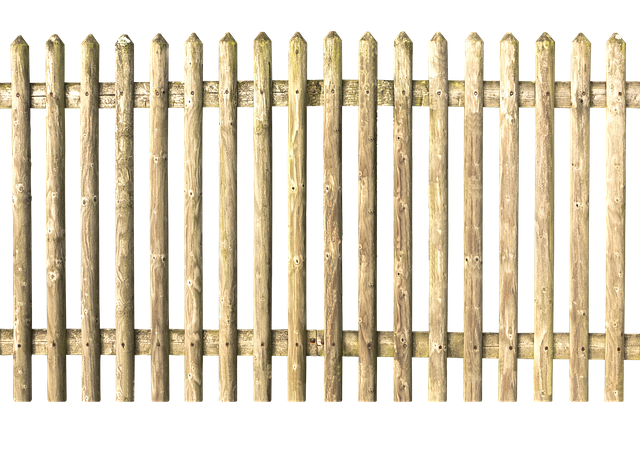New Bedford, with its rich history and diverse neighborhoods, presents unique fence needs. Whether for security, aesthetics, or property demarcation, understanding local requirements and choosing the right style and material is key. This article guides you through the process, from identifying New Bedford’s specific fence demands to selecting durable materials, installation best practices, and common repair solutions. By following these insights, homeowners can enhance their properties while ensuring long-lasting fences.
- Understanding New Bedford Fence Needs
- Choosing the Right Fence Style and Material
- Installation Process: Step-by-Step Guide
- Common Repair Issues and Quick Fixes
Understanding New Bedford Fence Needs
Fences are integral to any property, serving both functional and aesthetic purposes. In New Bedford, understanding the specific needs of your fence is crucial for effective repair or installation. The climate plays a significant role; harsh winters and frequent storms can take a toll on fences, necessitating regular maintenance or replacement. Additionally, local regulations regarding fencing heights and materials should be considered to ensure compliance and avoid potential fines.
Property owners in New Bedford also have unique landscape considerations. Whether it’s a beachfront home with coastal winds or a suburban yard with varying terrain, the fence design should cater to these challenges. Consulting with professionals who understand the local environment and regulations is key to selecting the right fencing solution for both functionality and longevity.
Choosing the Right Fence Style and Material
Choosing the right fence style and material is essential for New Bedford fence repair and installation projects. The first step is to consider your property’s unique characteristics, such as its size, shape, and surrounding environment. For instance, a wooden fence might be ideal for providing privacy in residential areas, while a sturdy metal fence could better suit commercial or high-traffic spaces.
Additionally, the climate plays a significant role in material selection. In New Bedford, where winters can be harsh, durable materials like treated wood or vinyl are excellent choices as they withstand cold temperatures and snow accumulation. On the other hand, for coastal areas prone to salt air and moisture, galvanized steel or fiber-glass composites offer better resistance against corrosion and decay.
Installation Process: Step-by-Step Guide
The installation process for a new fence begins with measuring and marking the perimeter of your desired fence line, ensuring it aligns with local regulations. Next, dig holes for the fence posts using a post-hole digger to create sturdy foundations. After inserting the posts, use concrete to secure them in place, allowing it to set completely.
Once the posts are firm, attach the horizontal rails to the posts using brackets or nails, creating a robust framework. Then, connect the fence panels to the rails, ensuring they’re level and properly aligned. Finally, fill any gaps with appropriate sealing material and trim off any excess for a clean, professional finish.
Common Repair Issues and Quick Fixes
Fences, though sturdy, are prone to several common issues that can affect their structural integrity and aesthetic appeal. One of the most frequent problems is broken or missing pickets—vertical boards that support the fence’s top rail. This issue often arises from natural wear and tear or animal damage and can be easily addressed by replacing the affected pickets. Another regular concern is loose or bent posts, which may occur due to shifting soil or heavy weather conditions. Reinforcing these posts with concrete or adjusting them back into place is a quick fix that can prevent further damage.
Rusty or corroded hardware, such as nails, screws, and hinges, is another repairable issue that can weaken fence panels over time. Regular inspection and maintenance, including replacing worn-out hardware, can keep the fence secure and looking fresh. Additionally, cracks in the fence’s concrete bases or footings may develop due to ground movement, especially in areas with varying weather conditions. Inspecting these joints regularly and filling any gaps with suitable mortar is a simple fix that ensures stability.
